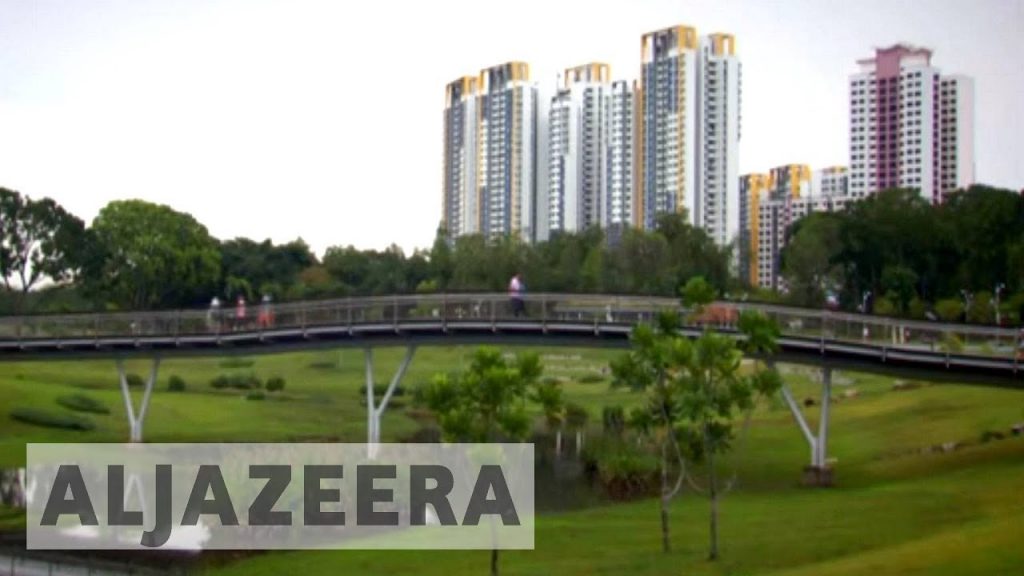“The Prosperity Paradox: Exploring Singapore’s Wealth Disparity” offers a critical examination of Singapore, widely recognized as the world’s richest country. While the city-state has achieved remarkable economic success and garnered global admiration for its prosperity, the article sheds light on the hidden complexities that lie beneath the surface. It delves into the challenges faced by locals as they struggle to keep up with the rising cost of living, raising questions about the sustainability of Singapore’s affluence.
The article addresses the dichotomy between Singapore’s reputation as a wealthy nation and the everyday realities experienced by its residents. While the country boasts gleaming skyscrapers, luxurious lifestyles, and impressive economic indicators, there is an underlying concern about the widening wealth disparity and the difficulties faced by locals in affording basic necessities. It presents a nuanced perspective, challenging the simplistic narrative of unmitigated prosperity.
The rising cost of living is a central theme explored in the article. It delves into the factors contributing to the increasing financial burden on Singaporeans, from skyrocketing property prices to the high cost of healthcare and education. By examining the impact on locals, the article offers insights into the challenges faced by individuals and families striving to maintain a decent standard of living in the face of these mounting expenses.
Furthermore, the article raises thought-provoking questions about the sustainability of Singapore’s wealth and prosperity. It encourages readers to critically evaluate the long-term implications of an economy that prioritizes growth and material affluence without adequate measures to address the wealth disparity and ensure widespread benefits. By challenging the notion that economic prosperity automatically equates to societal well-being, it prompts a deeper exploration of Singapore’s economic model and its impact on its citizens.
The article acknowledges the complexities and nuances of the issue, recognizing that Singapore’s economic success has brought many advantages, including infrastructure development, job opportunities, and a high standard of living for some. However, it also aims to shed light on the hidden struggles faced by segments of society who find themselves left behind or struggling to cope with the rising costs.
In conclusion, “The Prosperity Paradox: Exploring Singapore’s Wealth Disparity” delves into the multi-faceted realities of Singapore’s affluence. By examining the challenges faced by locals in the face of rising living costs, the article offers a nuanced perspective on the nation’s prosperity. It invites readers to consider the complexities of wealth disparity and prompts a critical evaluation of Singapore’s economic model. Through this exploration, it encourages a deeper understanding of the tensions between economic growth, societal well-being, and the pursuit of a sustainable and equitable future.

